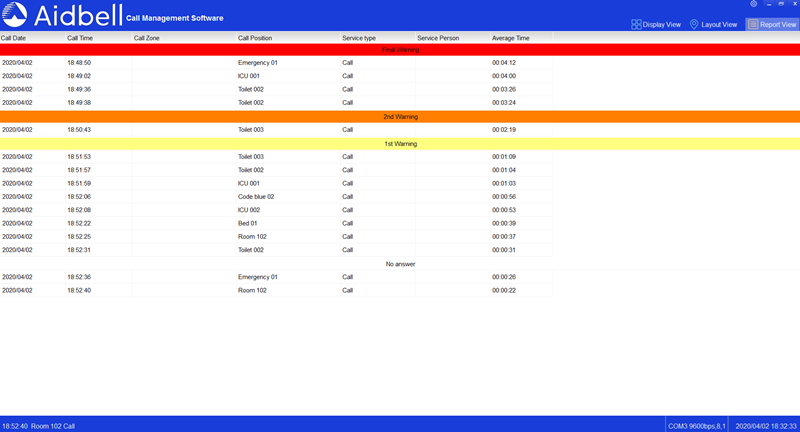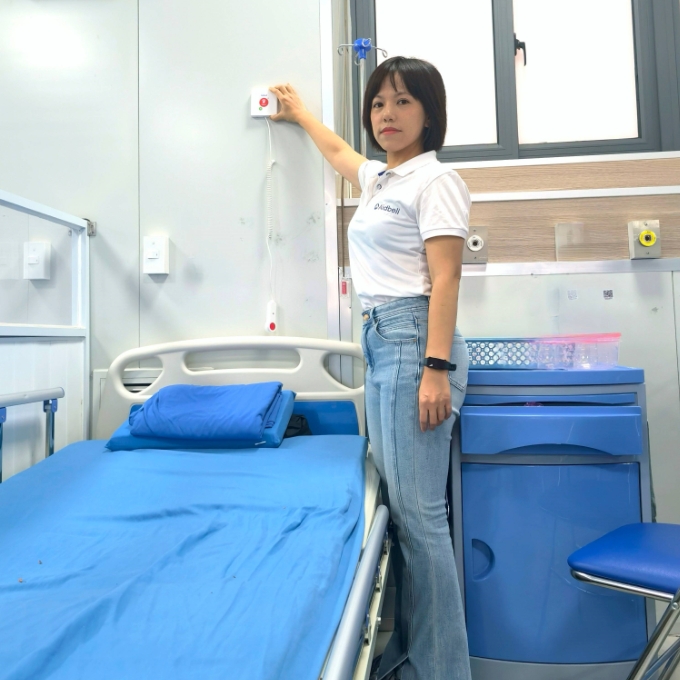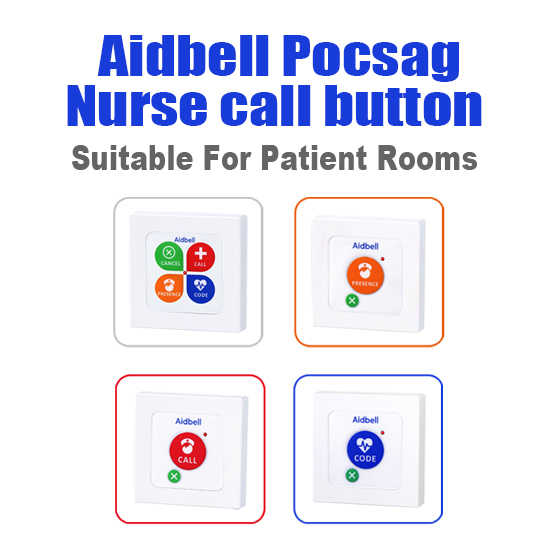Why Your Healthcare Facility Needs a Nurse Call System Update
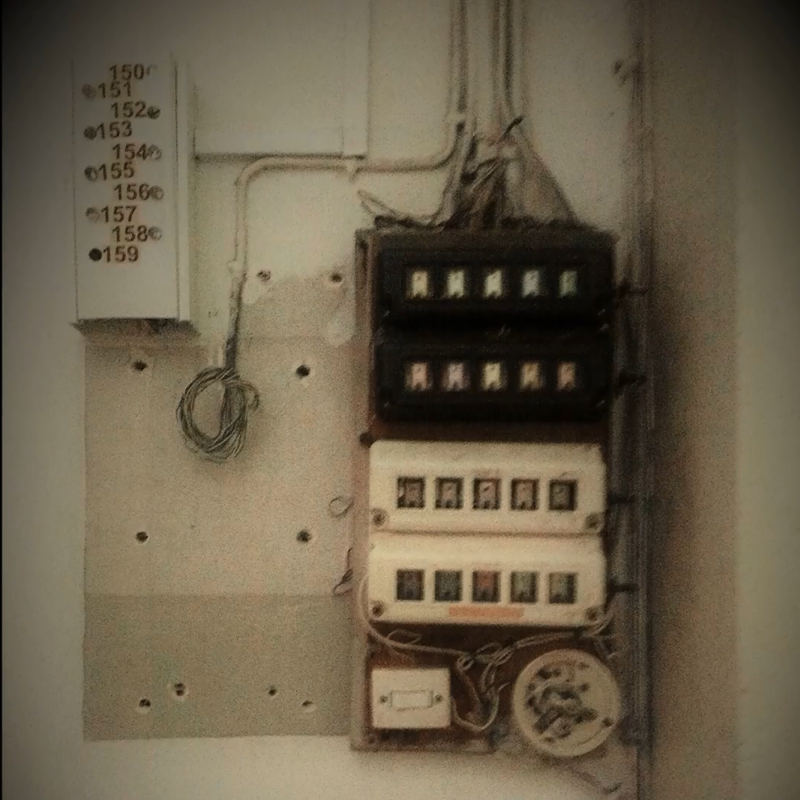
You are doing your patients and staff a great disservice if you hardly evaluate your nurse call system. Nurse call systems have been around for decades streamlining communication in healthcare facilities.
Manufacturers of these systems continuously develop additional features and technologies that make nurse call systems better at delivering seamless communication between the patient care teams and patients or residents.
This means that for healthcare institutions to reap the maximum benefit of a nurse call system, they must ensure they have systems and features for seamless communication by updating these systems.
Healthcare facilities must constantly ask critical questions to determine whether the technology within their facilities serves the needs of patients and staff, or impeded service delivery.
If you are not sure you need an update, here are some good reasons your healthcare facility might need a nurse call system update.
1. You Have Outdated Nurse Call Systems in Your Facility
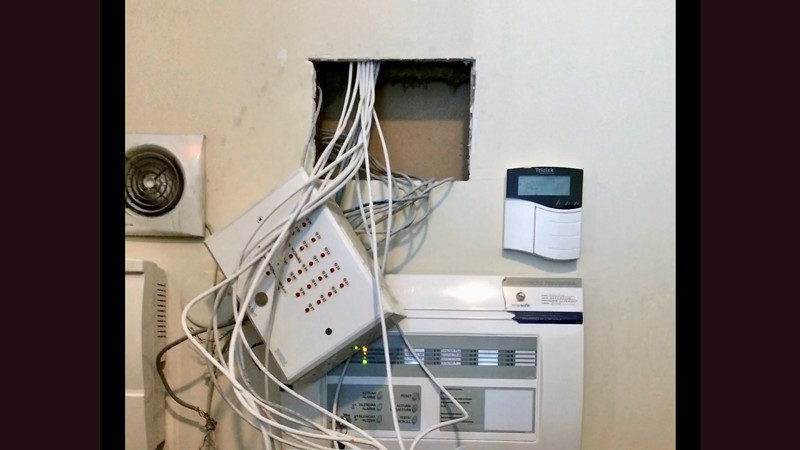
If you are still using the same nurse call system you installed a decade ago, then an update should be top of your priority list. Nurse call technology has evolved significantly over the past few years, enough to necessitate an update.
These technological developments have made it possible for healthcare facilities to keep track of data on communication. With such data, these facilities can identify weaknesses in their workflows and communication and identify ways to improve.
As technology evolves, compatibility with different systems within the facility becomes important as well. When using outdated technology, your facility will experience compatibility issues, making it harder to reap the full benefits of technology within your facility.
Depending solely on wired systems is one of the signs you are using an outdated system. Most wired systems lack the flexibility and features of wireless systems. With a wired system, staff can only go so far within a facility, meaning it restricts your staff availability and ability to respond to patient calls on time.
Your staff is also likely to experience alarm fatigue, where they become desensitized to alarms due to their constant exposure to them. Patients push a call button for all reasons, including urgent and non-urgent reasons.
Without a system, that filters these calls based on priority, nurses are prone to reacting to these calls, struggling to prioritize or sufficiently meet the needs of their patients.
Updating your system to one that allows call prioritization can help your staff and nurses respond to calls more easily.
Outdated systems are also less likely to provide information about a call. Without such transparency, a nurse has to go into the patient’s room to determine their needs, then leave before returning to fulfill these needs.
Such inefficiencies result in poor workflows and wasted opportunities to provide better care to patients.
Your patients also suffer when your facility uses an outdated system. Most outdated systems lack privacy, forcing patients to communicate with caregivers via an intercom. This is not problematic in single-patient rooms, but in shared facilities, the patient has to announce their needs and conditions for others to hear. Not only is this uncomfortable for the patient, but it is also disruptive to other patients sharing the facility. Some patients are also less likely to request help for fear of embarrassment.
With a wireless call system, a patient has access to an interface on which they can select their needs and transfer that to the caregiver.
2. Your Hospital Is Scaling or Planning a Renovation
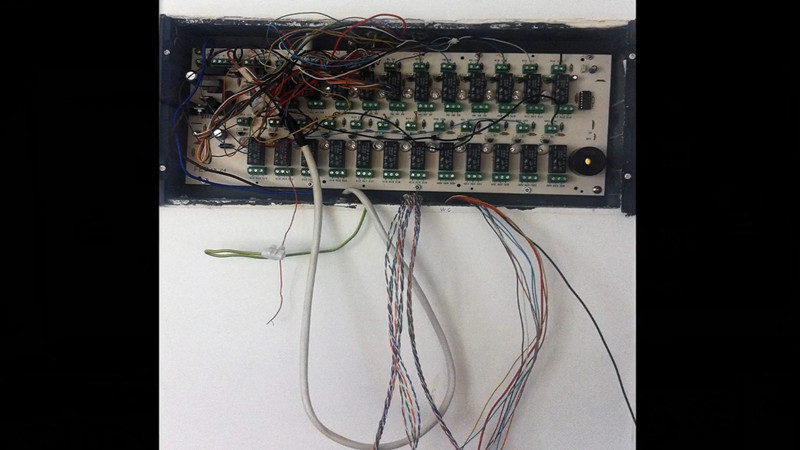
Scaling operations or renovating provides a perfect opportunity for healthcare facilities to upgrade their hardware-based call systems to wireless systems. As you upgrade your facility to meet growing patient needs, you should also update the technology to match the expanding communication needs of your staff and patients.
An up-to-date nurse call system helps healthcare facilities improve patient safety, staff efficiencies, and optimize workflows to improve service delivery. Wireless nurse call systems are also easier to upgrade, scale, or downsize based on your facility’s needs.
Such systems can be extended to cover a larger area. The installation of wireless call systems is also less disruptive to your patients and staff.
3. You Need Richer Nurse Call Reports
Today, data is at the center of decision-making in all organizations, including healthcare facilities. Outdated systems were designed to facilitate communication, but they lack data tracking or storage features to provide actionable data for decision-makers.
Updating your facility gives you access to the tools and software that track patient calls and response times to patient needs. Some of the key indicators that wireless nurse call systems track include:
- The type of calls patients place
- The response time
- The time it takes to complete rounds
- The staff logged at a particular patient station
- Nursing notes
- Services provided
- Name of the patient
With such data, you can identify bottlenecks in workflows and implement better systems and processes that increase patient satisfaction and improve communication within the facility. Here are some ways data from nurse call systems help streamline workflows:
- Alerts are sent to the right caregivers thus increasing the efficiency of service delivery to patients
- Nurse call systems have call prioritization, which helps caregivers identify the needs to fulfill first. For example, if a nurse is presently conducting a physical exam, and a call comes in from another patient requesting some juice, the nurse can finish up on the physical exam, then deliver juice to the other patient.
- Nurse call systems help in filtering alerts and assigning them to the person who can handle them. For instance, instead of directing all calls to a nurse, some calls can be redirected and completed by certified nursing assistants of licensed practical nurses, thus preventing staff overwhelm.
- Nurse call systems can track patient care thus providing essential data for quality assessment within your facility.
Modern systems also have data storage and backup capabilities meaning you can save the data for future reference.
4. Your Nurses Experience Alarm Fatigue
Nurse call systems were designed to help alert nurses and caregivers when patients need a problem. However, alarm misuse and interoperability issues can result in sensory overloads to your healthcare team. With sensory overload come desensitization and the risk that nurses will miss some alarms.
A modern nurse call solution accounts for the shortcomings of outdated nurse call systems by allowing the nurse call solution to integrate with other systems within a patient’s room.
This integration coupled with call prioritization helps nurses attend to top priority requests first, thus increasing patient safety and positive health outcomes.
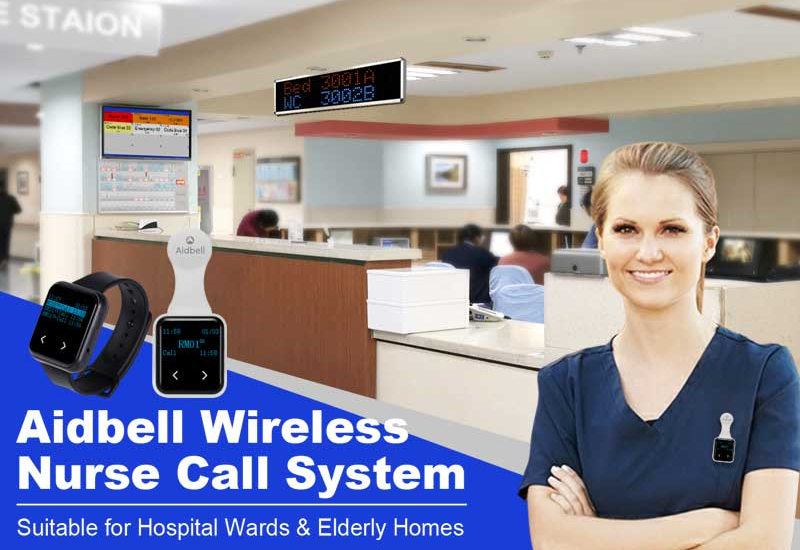
Next Steps
Updating nurse call systems at your healthcare facility comes with several benefits, including:
- Improved workflows
- Actionable data and insights
- Call prioritization
- Alarm management (which reduces alarm fatigue)
- Improved staff and patient satisfaction
- Better allocation of human resources
Aidbell provides nurse call systems suitable for healthcare facilities of different sizes. Our wireless nurse call systems are scalable thus can expand with your facility. Replacing a nurse call system is a capital-intensive process, therefore, it makes sense to conduct thorough research and identify the key steps to follow when choosing a nurse call system.

